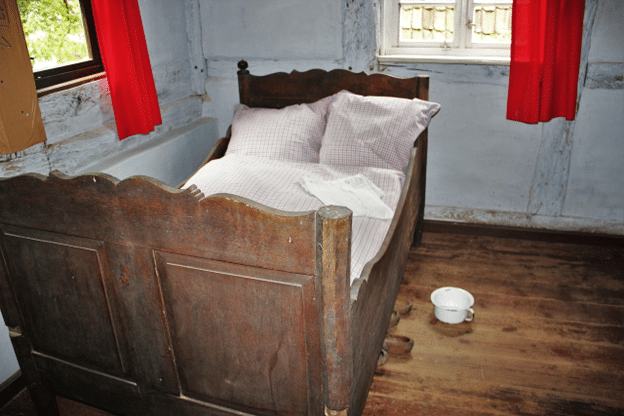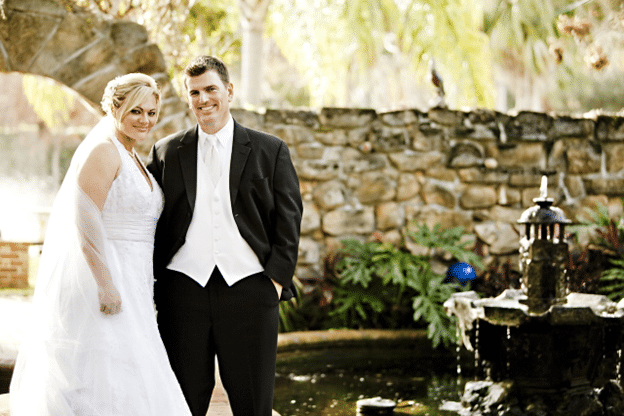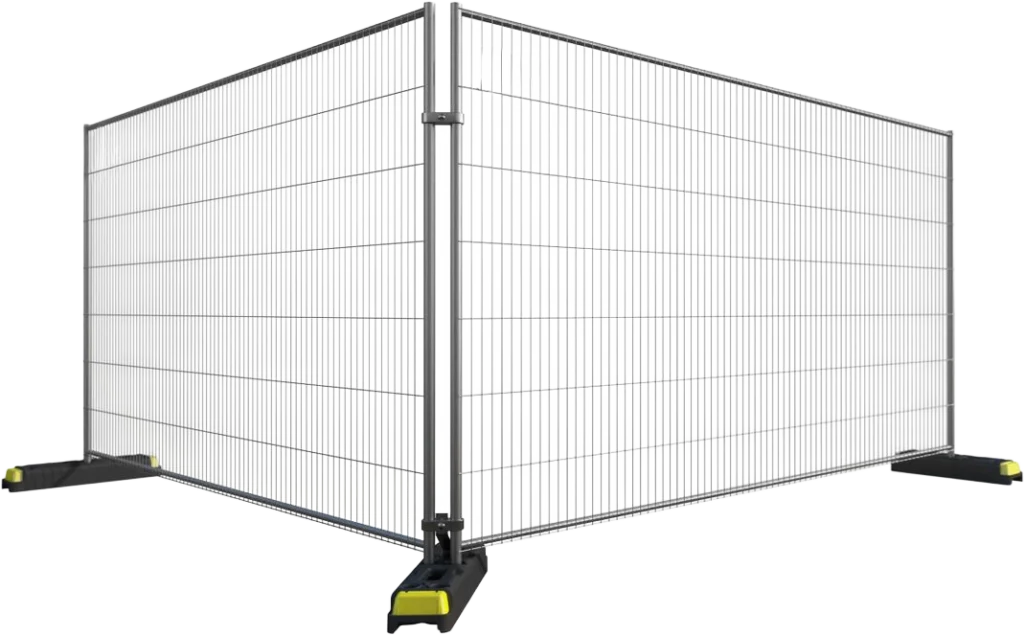Key Takeaways
- Porta potties evolved from chamber pots and communal facilities to modern, sanitary portable toilets.
- WWII shipyards catalyzed on-site portable restrooms to save worker time—proving sanitation could “travel.”
- Plastics (fiberglass → rigid plastic) made units lighter, cleaner, and easier to service at scale.
- The 1990s ushered in luxury restroom trailers—climate control, running water, flushable toilets, bright lighting, and upscale finishes.
- Standard porta-potties still fit jobsites and budgets; luxury trailers elevate guest-facing events and VIP areas.
- Cleanliness today is planned: pre-delivery deep cleans, servicing during multi-day events, and optional attendants.
- Accessibility options and safety features (non-slip floors, ventilation) are now common expectations.
- Planning an event in CT, MA, or RI? Bonavita matches guest count and venue to the right mix of luxury restroom trailer rentals and porta potties.
Bathrooms: we all use them. These days, it’s easy to take our comfortable indoor plumbing for granted. From the time we can walk, we are potty trained and learn how to do our business with minimum fuss. When we’re at home, we’re in charge of our own bathrooms. When we’re out, we hope the people in charge of the restaurant, concert venue, or movie theater are taking care of business and keeping those bathrooms clean and ready to use.
But have you ever sat and thought about how we went from Medieval chamber pots to today’s luxuriously finished portable lavatories? They didn’t just appear; they’ve evolved over time.
This quick tour through the history of porta potties—yes, the broader history of portable toilets—shows how we went from medieval chamber pots to today’s luxury restroom trailers that keep guests comfortable (and everything smelling fresh).

The Long Human History of “Doing Your Business”
Our ancestors didn’t have the benefit of indoor plumbing, hot and cold running water, or germ theory. Chamber pots used to be the norm, and they hid them under the bed and pulled them out in the middle of the night to take care of business. If they were among the fortunate, perhaps a member of the household staff would come by during the day to empty out the chamber pot and hopefully give it a little rinse. And if you didn’t have the means to keep a chamber pot-made sometimes of porcelain, tin, or even clay, well, that’s where that one phrase comes from. You know the one, something about not having a pot to pee in? Perhaps you’ve heard of it.
By the 14th century, the ancient Egyptians were making progress with this universal need by positioning a box with a hole over the pottery receptacle. Such toilets have been unearthed in archaeological digs, complete with lotions and other trappings from that time.
Innovation and improvement have followed our most universal of human needs. We’ve come a long way from those chamber pots or communal Roman urinals. What a time to be alive. We’ve got privacy and cleanliness now, and I don’t see any reason to go back to those days!
WWII: The Birth of the Modern Porta Potty
World War II – not the first thing you think of when you consider portable restrooms, but the shipyards of Long Beach, California, could be considered the birthplace of porta potties in the United States.
It was quite literally ‘all hands on deck’ during the war efforts, but answering the call of nature while working on our proud warships could be time-consuming in an era where time was of the essence.
To make it easier for the workers and save a lot of time, the first modern portable toilets were set up on the ships and the nearby docks, eliminating the need for a long walk to the bathroom.
These first attempts were heavy, bulky, dark, and odorous. To say the least! They were made of wood and metal, hard to move around, and difficult to empty and clean.
But they did the job at the time and for their time, were almost a modern marvel! Oddly enough, there is no shortage of World War II toilet lore. Here’s a little something more right here if you’re curious.
The Plastics Revolution (1950s–1970s)
“I just want to say one word to you. Just one word. Plastics!”
That quote has been running through my head since I started this post. Which is actually an unnatural length of time for me to have a line from The Graduate running through my head as I stepped away from this post for a minute.
But regardless, once we got tired of trying to drag heavy wood and metal toilets around, fiberglass became the Next Big Thing.
So lightweight! Non-porous, giving way to a slight improvement in cleanliness. They were a lot easier to move around from place to place, more maneuverable, and not quick to rot, in the case of wood, or rust out, as would their metal counterparts.
But we really have George Harding to thank for the eventual evolution of porta-potties, as he was granted a patent in the 1960s for a rigid plastic portable toilet. His company, the Polyjohn Corporation, ultimately led us to the clean, modern luxury lavatory trailers we enjoy today.
From humble individual job-site toilets to five-stall air-conditioned units nicer than some residential bathrooms, porta-potties have found a home and are a permanent and standard part of society’s varied landscape.

The Luxury Boom
By the 1990s, large events were starting to evolve as we enjoyed higher standards and even an ostentatious taste for luxury. From milestone birthdays to weddings to seasonal gatherings, we were no longer willing to be constrained to four bland walls. Goodness no-we’re out here getting married on a farm and renewing our vows at the beach club.
There’s no need to skimp on sanitary, beautifully designed, and decorated lavatories anymore. I can’t even imagine trying to navigate a small, cramped square in my Wedding day best. Upgrades came at us fast, and now we enjoy spotless, climate-controlled, actual bathrooms. They’re just on wheels.
Our guests now have privacy and clean hand towels as well as a well-lit mirror to make those little touch-ups.
This is where Bonavita shines: luxurious bathroom spaces with all the conveniences of home (and then some!). Gone are pit toilets, those little moon windows, no heavy, hot spaceship-shaped metal units or rotting wood. And did I mention spiders?
Now, of course, a standard portable lavatory still has its place at your small event, jobsite or camp, but for those truly memorable occasions, there’s nothing quite like the understated elegance of a luxury lavatory trailer, delivered, maintained then whisked away when the festivities wind down.
If you’re planning an event and thinking, “Hmm, I’d like a little more sparkle and a lot less spider,” we’ve got you covered. Drop us a line — we’ll help you figure out exactly what kind of throne your guests deserve.





